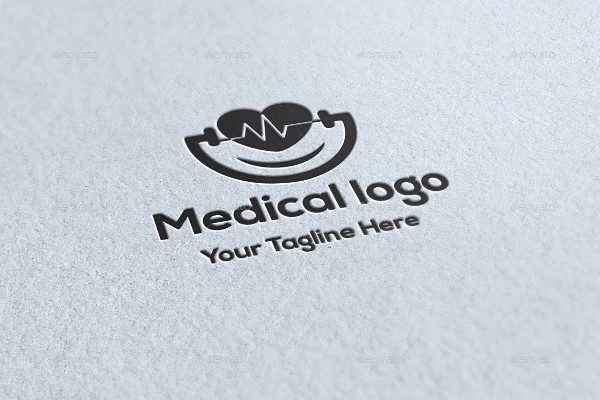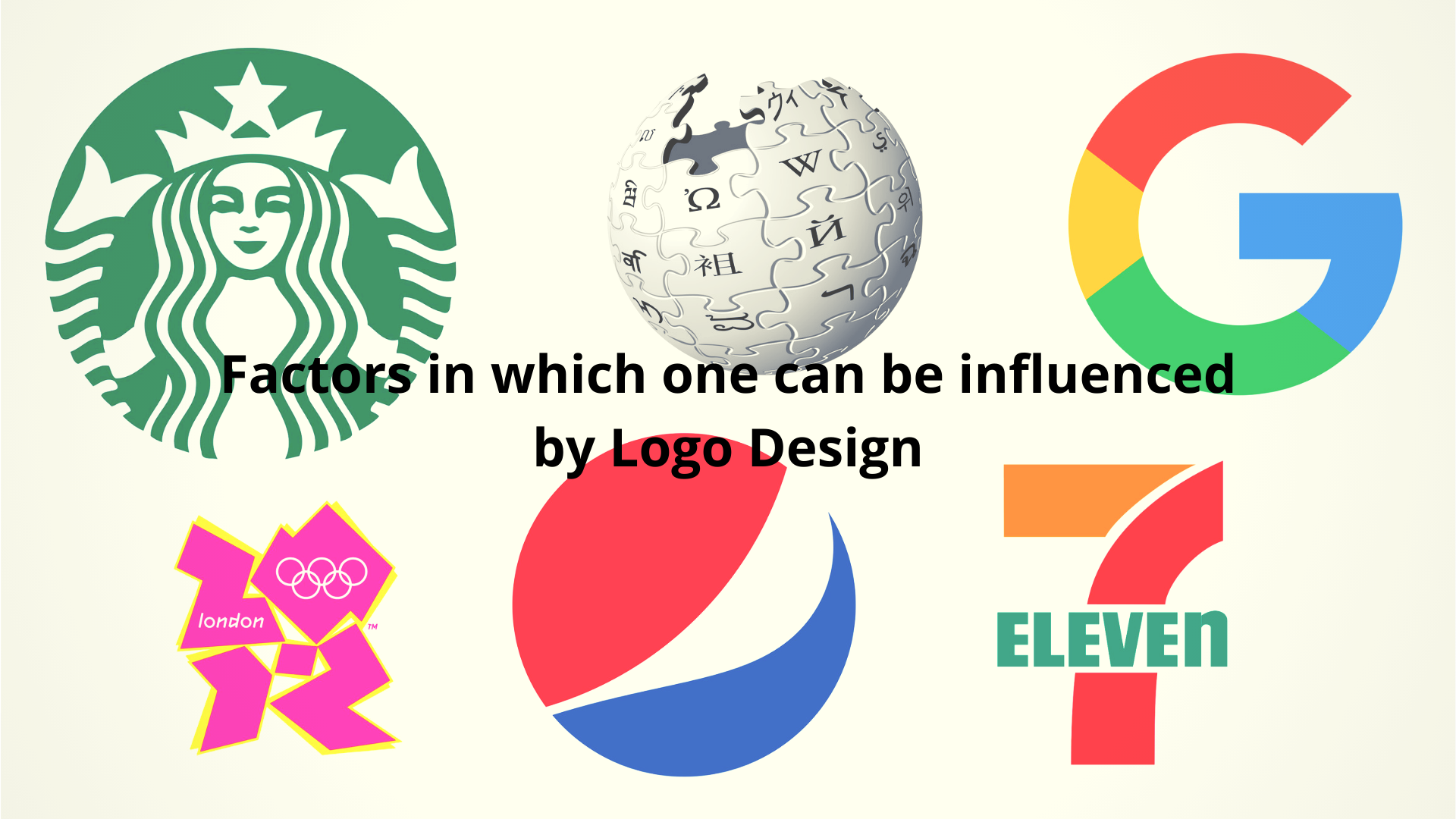In today’s increasingly connected world, healthcare providers have to rely on more than just premiere service and patient care in order to stand out from their competitors. An abundance of choice for consumers has led to stiff competition amongst hospitals, outpatient service providers and others business organizations connected to the ever-expanding healthcare industry. Interestingly enough, medical marketing teams are revisiting more traditional advertising practices, which, due to a shallower field of competitors in prior years, had not been an essential component of their current strategy.
Perhaps one of the most crucial – and fundamental – of these practices is logo design. Corporations have understood for years that a well-designed logo can significantly influence users who may have yet to enter the sales funnel. As can be seen from a flurry of rebranding within the healthcare community over recent years, it seems that this trend has now become ubiquitous amongst medical marketers. With that in mind, here are some of the more important trends taking place in the world of healthcare logo design today.

A Move Away From Graphics
Gone are the days when healthcare providers incorporated standardized medical iconography into their logos. The reasons for this are two-fold. Given the limited amount of symbolism associated with the healthcare profession, many of the more popular images (the red cross, heart, caduceus, etc), had reached a point of oversaturation. To stand out, ironically, now requires that healthcare providers adopt more abstracted imagery, which, while perhaps derived from the standard canon of symbols, still feels fresh and “new”. An excellent example of this can be found with Baylor Scott & White Health, who have adapted the standard cross icon and fragmented it into a more holistic, contemporary design, complete with a soothing, universally non-confrontational color scheme.
Striving for Simplicity
Healthcare and medicine can be intimidating and daunting for many patients, which is why it is so important for hospitals and other service providers to present a simplified, welcoming first impression. Take, for example, the Children’s Medical Center of Dallas logo. Featuring a single, floating balloon, this particular logo successfully embodies ideas of innocence, youth and wonder. At no point (aside from the text itself), do audiences feel they are viewing a clinical, medicinal artifact. Considering this particular organization specializes in child medicine, it is no surprise that such effort has been taken to create a non-threatening facade for all visitors.
No matter what your particular specialization in the medical field may be, this particular design strategy comes highly recommended. It would be a mistake to disregard the fact that most of us feel some sense fear and anticipation when we travel to the hospital. If a logo can help dispel some of these negative emotions, then it’s definitely worth the effort required to make it.
Unconventional Coloring
Certainly, innovation has long been a driving force in medicine. So it should be in the marketing of healthcare as well. Healthcare has been dominated by the color red for too long. What originally was interpreted as a quasi-color code for the industry may now appear somewhat outdated and, at worst, off-putting. It is an unfortunate paradox that, for many years, a somewhat thoughtless approach to healthcare logo design has created an over-abundance of stark, red and white logos which do little to either reflect an institution’s commitment to cutting-edge medicine or their empathy with patients’ emotional framework.
In fact, as medical logo design specialist Chris Chase Design of San Diego mentions, “The psychology of color choices in medical design has changed and it’s about time. The lighter color choices of blues and greens are soothing and calming which are essential responses for the audience of a consumer medical brand. Where the Red Cross got it right was having an alarming red that portrays urgency. That’s important in emergency situations that they are involved in, however, this sends the wrong message to patients in healthcare. They need trust and a feeling of safety.”
Instead of just sticking with a conventional color scheme, treat tests with your healthcare logo as you would a design project far removed from this particular industry. What particular color sets convey the attributes you are seeking to communicate (trustworthiness, serenity, professionalism, etc.). What particular colors allow for a novel, unique interpretation of the healthcare paradigm without appearing overly bold? These are questions you should be asking as you work through your next logo overhaul.
Hopefully, this article has provided helpful tips which you can take advantage of during your next rebranding endeavor. Whatever your goals or expectations may be, it is worth the time and effort to leave the established ‘comfort zone’ of medical logo design and create a branding identity for the doctors and nurses you represent. Good luck!












Add Comment